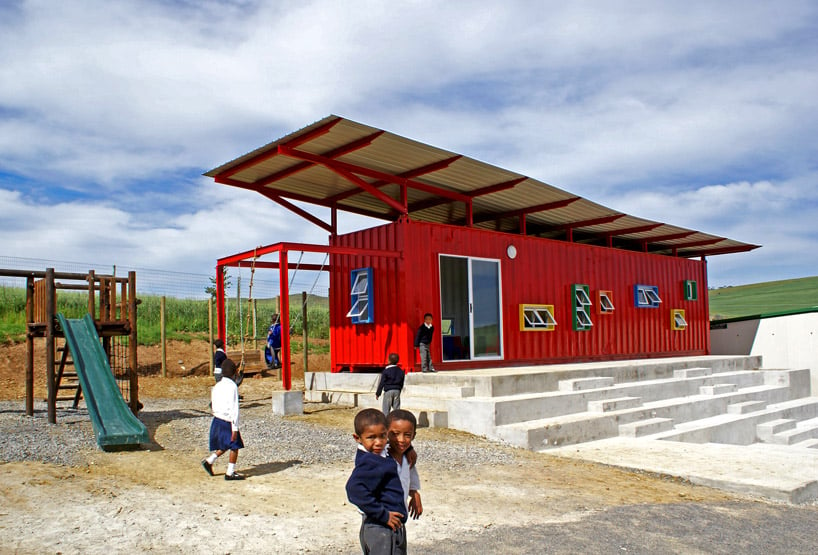In recent years, there has been a growing recognition of the benefits of outdoor learning environments for students of all ages. From enhancing academic performance to fostering a deeper connection with nature, outdoor classrooms and education centers have emerged as innovative solutions to enriching educational experiences. One particularly ingenious approach involves repurposing shipping containers to create dynamic and versatile spaces for learning. Let’s explore how these transformed containers are revolutionizing education.
Interactive Learning Spaces:
Shipping containers provide a blank canvas for creativity, allowing educators to design interactive learning spaces tailored to their specific needs. Whether it’s a science laboratory, a multimedia center, or a mini greenhouse, these containers can be outfitted with state-of-the-art equipment and resources to facilitate hands-on learning experiences. With ample natural light and ventilation, outdoor classrooms foster a conducive environment for exploration, experimentation, and collaboration.
Environmental Education:
One of the primary objectives of outdoor classrooms is to connect students with the natural world and instill a sense of environmental stewardship. By incorporating elements such as native plant gardens, composting stations, and wildlife observation areas, these spaces serve as living laboratories where students can learn about ecosystems, biodiversity, and sustainability firsthand. From conducting soil tests to studying insect habitats, outdoor classrooms offer endless opportunities for interdisciplinary learning across various subjects.
STEM Programs:
Outdoor classrooms are ideal settings for STEM (Science, Technology, Engineering, and Mathematics) education, as they encourage inquiry-based learning and problem-solving skills. Students can engage in STEM-focused activities such as building solar-powered gadgets, constructing model wind turbines, or conducting water quality tests in nearby streams. By integrating real-world challenges and hands-on projects, outdoor classrooms inspire curiosity and creativity while fostering a deeper understanding of STEM concepts and applications.
Vocational Training:
For vocational education programs, outdoor classrooms provide practical training opportunities in fields such as horticulture, construction, and renewable energy. Students can learn valuable skills such as carpentry, plumbing, and landscaping by participating in hands-on projects such as building raised garden beds, installing rainwater harvesting systems, or constructing outdoor structures. These vocational training programs not only prepare students for future careers but also empower them to make positive contributions to their communities and the environment.
Community Engagement:
Outdoor classrooms and education centers serve as hubs for community engagement, bringing together students, educators, families, and local residents. They provide space for community events, workshops, and educational programs that promote lifelong learning and foster social connections. By collaborating with local organizations, businesses, and government agencies, outdoor classrooms can address community needs and contribute to the overall well-being and sustainability of the area.
In conclusion, outdoor classrooms and education centers offer a transformative approach to learning that transcends the traditional classroom setting. By repurposing shipping containers as dynamic learning spaces, educators can create immersive environments that inspire curiosity, creativity, and environmental stewardship. From hands-on science experiments to vocational training programs, outdoor classrooms provide invaluable opportunities for students to learn, explore, and thrive in the great outdoors.
 عربي
عربي عربي
عربي